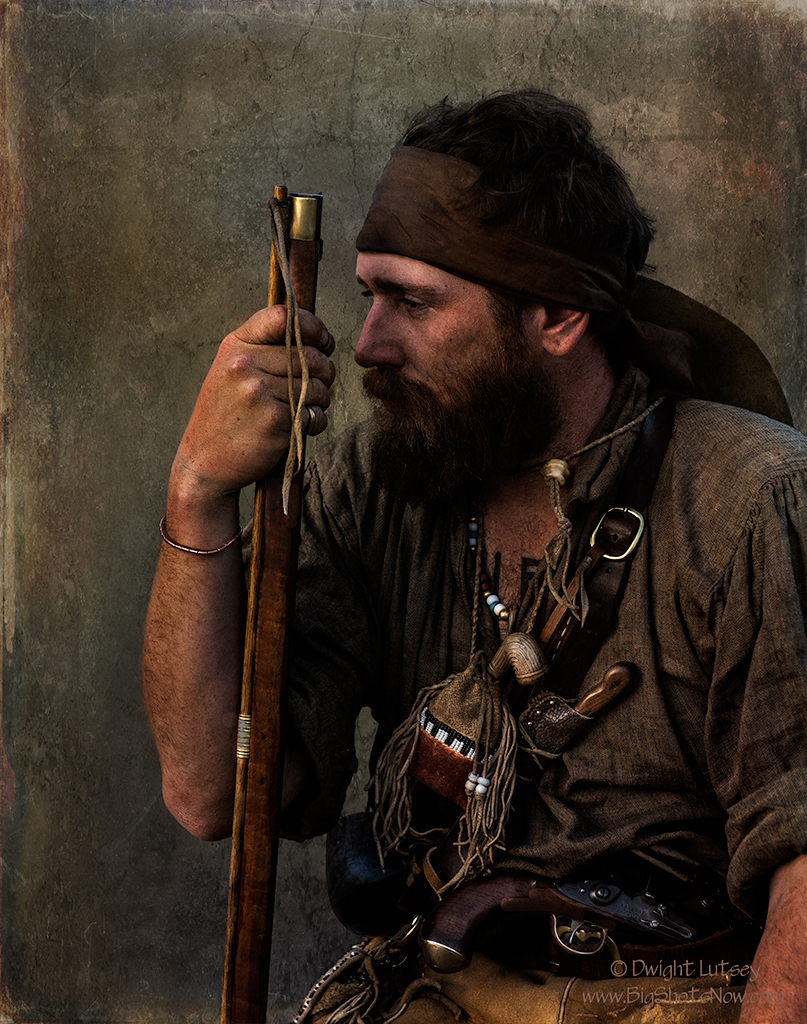
Back in the day when free range mountain men traveled the vast open spaces and deep into the tall snow covered mountains things were not always glamourous. In fact it was a far cry from glamourous despite what the movies show.
It was often beyond cold or blisteringly hot. It was unbelievably difficult to get around and often just plain dangerous. One had to be constantly aware on a level we virtually never experience today. To stay alive took an enormous amount of effort and if you were out on the trail the way you kept safe was to stay awake and as alert as if your life depended on it, because it did.
There was a certain amount of safety in being a part of a group as there were more eyes to keep watch and you could post a guard at night so you could get some rest. Maybe. Because as you know if you’ve ever spent a night in the wilderness with nothing more than a campfire to keep the terrors at bay, there are things that go bump in the night and do not have your best interests at heart.You could be weary and tired beyond reckoning but you still had your job to do and you did it because you had no other choice. This was your life and even at the end of a long day you wouldn’t trade it for any other.

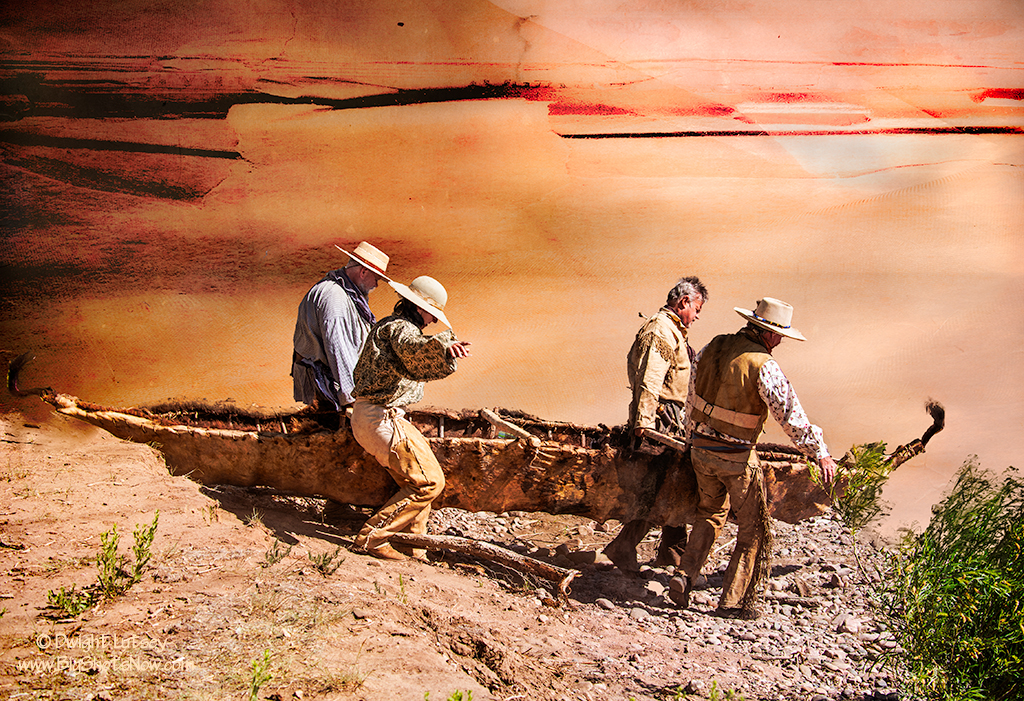
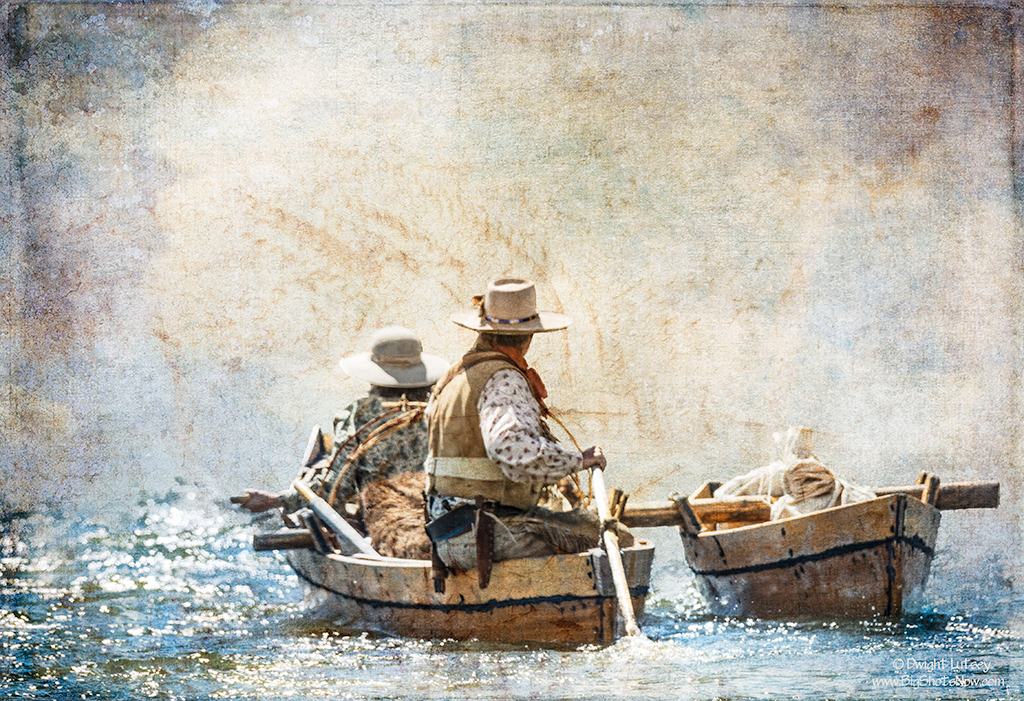
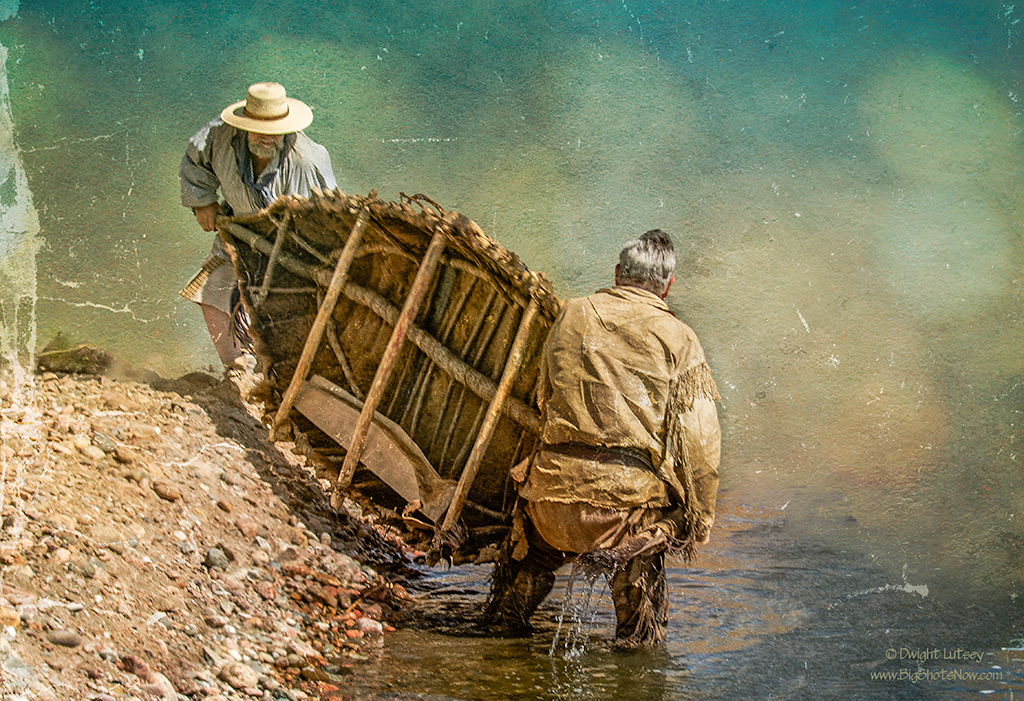
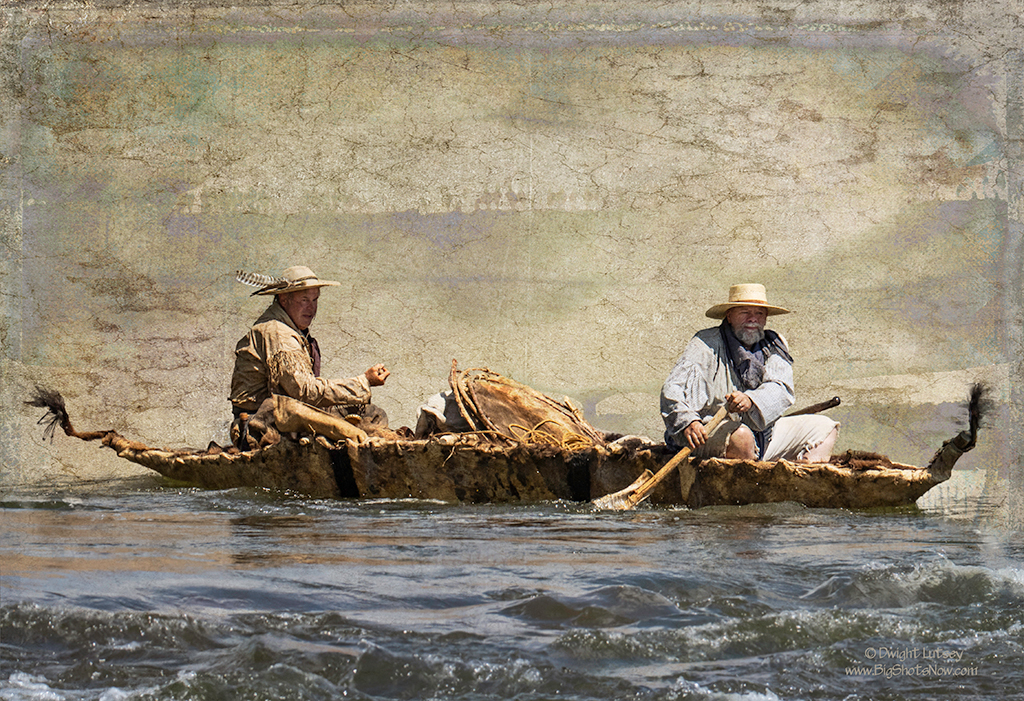
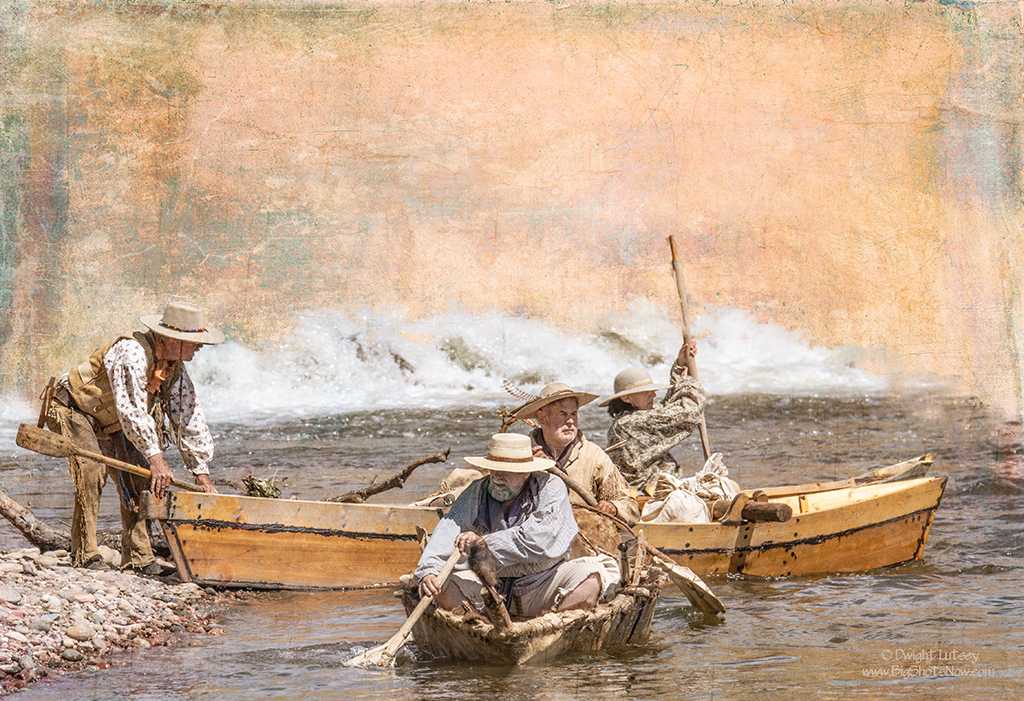
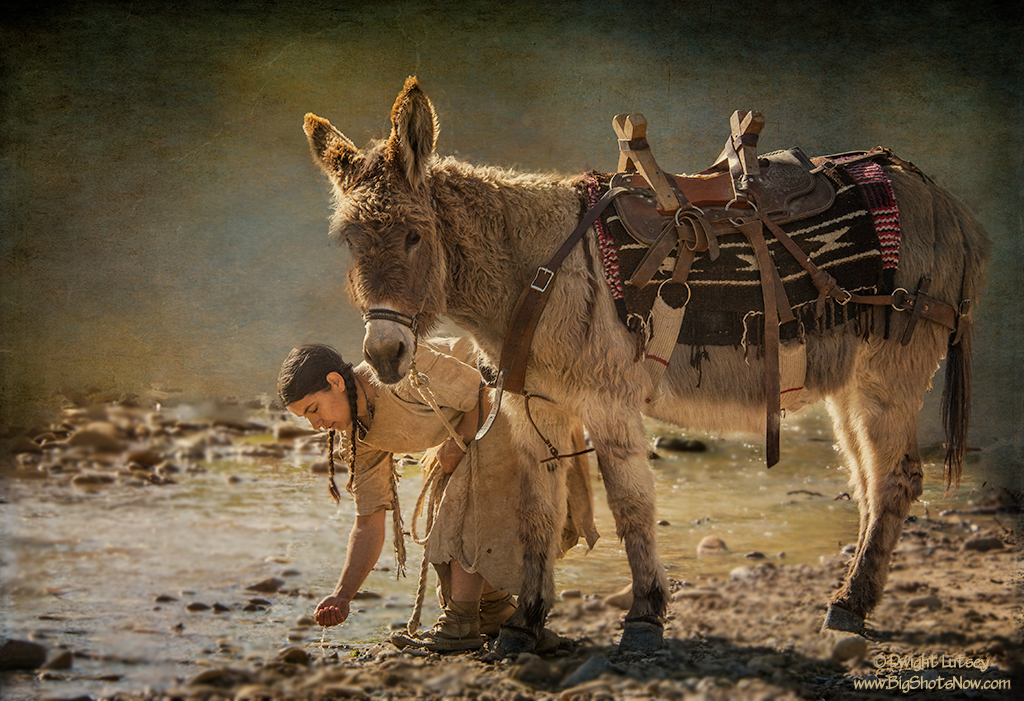
You must be logged in to post a comment.